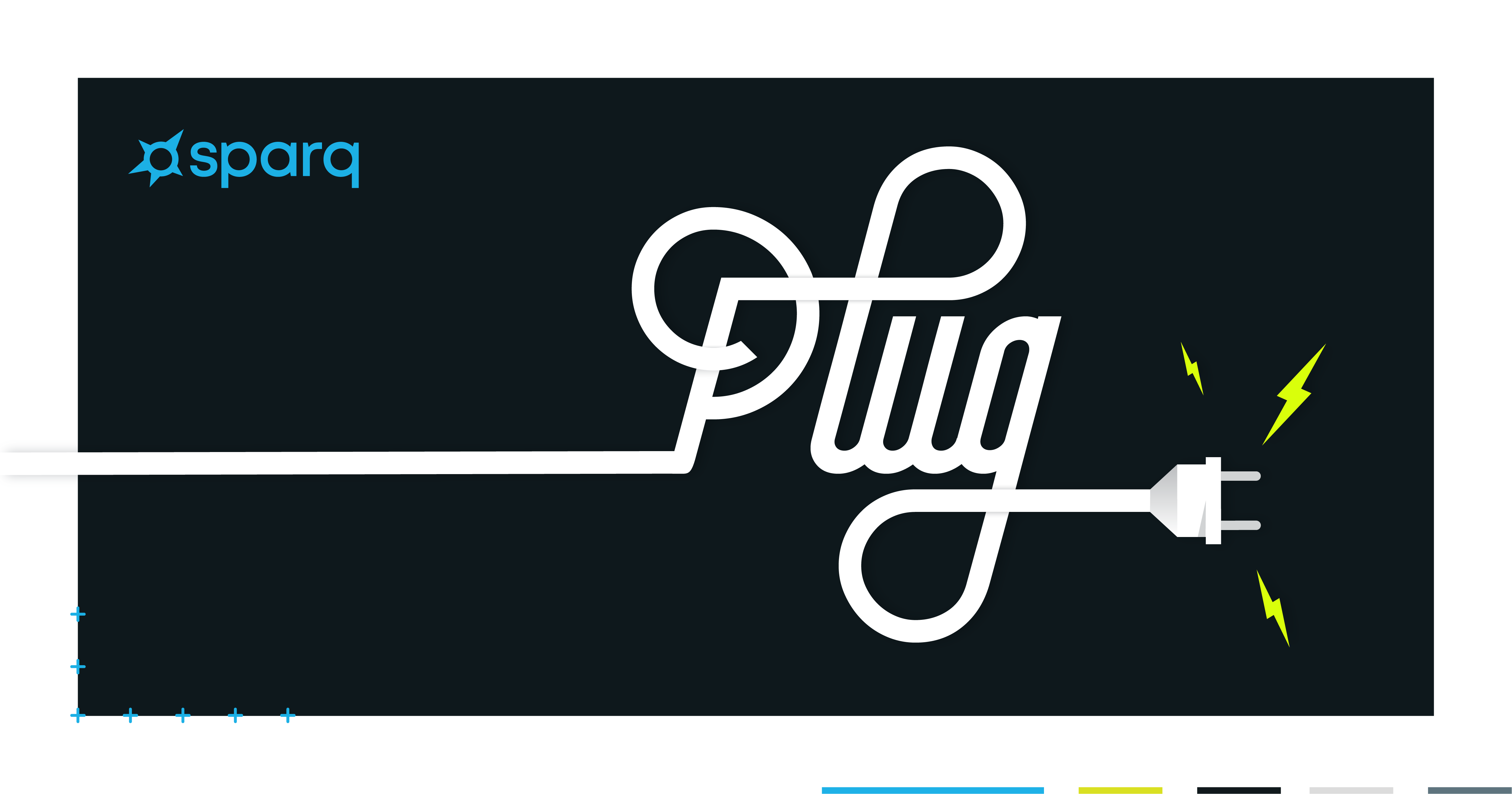In the ever-changing world of social media, The Social Sparq Plug is your one-stop-shop for all things digital marketing. Each week, our online marketing team meets to discuss the latest trends and updates happening on Facebook, Instagram, Twitter, Snapchat, Youtube, Pinterest and beyond.
We’ve aggregated the best creative and noteworthy news and campaigns from the past week. Here’s the hot take from the minds of our online marketers!
Social Media Updates You Need To Know This Week
Facebook’s F8 developer conference kicked off last week and, as expected, many changes/updates are in the works. Some notable updates from the conference are:
- Facebook is being redesigned around groups and events: Facebook is moving away from the traditional news feed and customizing the feed with more group-related and event-related content. This change is expected to grow social circles for Facebook users. So, how does this affect marketing on Facebook? Well, only time will tell. We should know more information once F8 is finished, which will guide us in terms of algorithm shifts. Some interim ways that Facebook business pages can get ahead of the curve is by joining relevant groups now or creating custom groups that would be relevant to your audience. This way, if and when Facebook takes the plunge, you already have a comfortable framework.
- Instagram launches new camera options and downplays “likes:” Instagram’s new camera is offering a “Create Mode” which will actually open up the doors to new creative possibilities for users. For example, now users will be able to make quizzes and sell products. A few weeks ago a potential update from Instagram was leaked. Turns out, they are testing out hiding the likes on profiles. The only person who can see the number of likes is the user. The impact this could make on influencer marketing is large, but the choice is driven by mental health awareness. Many, especially younger generations, may associate “likes” with “self-worth” and Instagram is combatting this phenomenon with this potential change.
- Facebook is investing more time and effort into Messenger: Facebook intends to lessen the size of the Messenger application on all devices over the course of the year, along with incorporating it more heavily into the usual Facebook application.
3 Creative “Sparqs” To Get Your Imagination Flowing
Burger King never fails to make headlines. With two major ad campaigns taking the reigns last week, the brand’s mentions were blowing up. In one campaign, they actually showcased x-rays of customers who hurt their jaws eating Whoppers. Turns out there are quite a few people on Twitter who have actually physically damaged their jaws eating Burger King. The ads are relatable, showcase real customer tweets/X-rays and bolster the tagline: “We warned you it was big.” Secondly, Burger King announced their “Real Meals” with a two-pronged objective: to throw a dig at McDonald’s [Happy Meal] and to raise awareness for May as Mental Health Awareness Month.
Additionally, another memorable and decade-clashing campaign that stood out was the Instagram account “@Eva.Stories” in memoriam of the Holocaust. This account uses Instagram stories as the medium to show what happened during World War II. The eerily engaging account visualizes what it would have looked like had Instagram and other social media platforms been prevalent during the Holocaust.
Sensory Overload!
We recently came across this article on Forbes titled “Listen to these new print ads from Coca-Cola.” Um, excuse me? Listen?? Is this some type of new futuristic audio search thingy-ma-bob. The answer is no, Coca-Cola just did it again with their new sounds of the “Coke Experience.”
Coca-Cola recently launched its newest advertising campaign that utilizes the iconic brand to its fullest potential. They launched ads with the slogan “Try not to hear this” on various print placements to incur a physical response from the viewer. The advertisements play to the senses of sight and sound by illustrating in close detail the fizzing sound of popping open an ice-cold Coca-Cola. This campaign would not work for a new or lesser known brand, and this is an example of using a brand’s longevity to stimulate the target audience. Coca-Cola rolls out with this campaign at a poignant time, where ASMR [Audio Sensory Meridian Response] is taking Instagram by storm, as the sound isn’t physically there but many hear the sound just by looking at the photo.

What is Average Response Time?
Average response time is a social customer service metric. It is the average time it takes a brand to reply to questions or complaints on social media. Consumer expectations of social customer support response times have become more and more demanding in recent years, with 42% of customers now expecting a response within 60 minutes. Every Facebook account calculates your average response time, and this metric will not only be public to consumers but will also affect your ranking in the algorithm. Facebook rewards fast-responding business pages who take the time to engage with consumers.
Join us on Mondays to hear what brands are ‘sparqing’ our creativity, how algorithms have changed, and the bullet points on what you need to change in your marketing strategy to get your clients the best return on their investment. For last week’s Sparq Social Plug head here.








